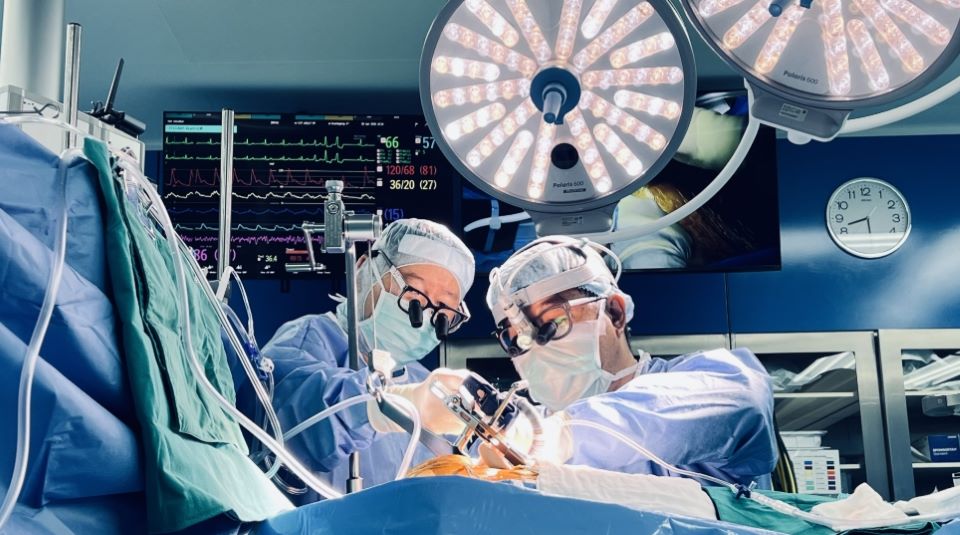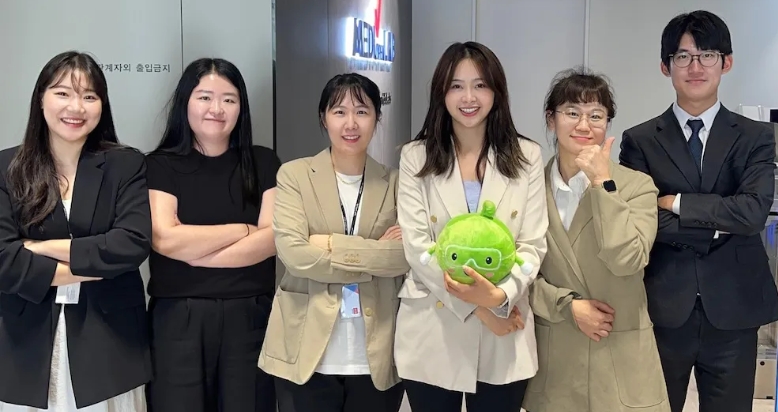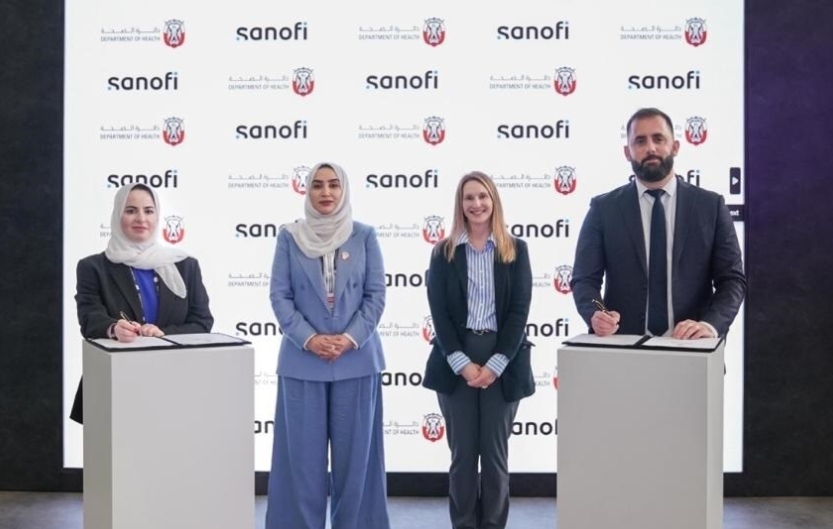
Wireless technologies and cloud-based solutions are fueling telemedicine in Asia
Telemedicine is re-defining access to healthcare in many ways. It has, in particular, proved to be an effective solution in providing specialty healthcare, improving access and reducing costs of healthcare delivery. Telemedicine includes a growing variety of applications and services using two-way video, email, wireless phones, and other forms of telecommunications technology. In countries such as India, where a huge part of the population lives in far-flung geographical locations with very little or non-existent healthcare infrastructure, telemedicine can play a crucial role in improving access to quality doctors and treatment.
Mr Krishna Kumar, president, Philips Healthcare, said, "telemedicine will, in near future, enable healthcare access and I believe 200 percent in it". According to him, India has 1.6 million beds for a population of 1.2 billion. This translates to 1.3 beds per 1000 people. China is closest to India with 2.8 per 1000, the US average is 3.6, while the global average is 4.8 per 1000 and countries such as Japan are sitting at 6 bed per 1000 population.
He said, "That's why there is no alternative but to come up with telemedicine solution. We have been studying this for fair amount of time based on which I can say telemedicine is going to be important," he said. "If you are a stand-alone hospital, you can connect and network with nursing homes, to primary and secondary care hospitals, who want to offer good services, and this could be done via telemedicine. And this connected care system will emerge to provide quality healthcare."
The latest industry offerings
India-based eHealth Access has launched a virtual medical kiosk, which is an interactive health monitoring device with user-friendly applications. This kiosk has been designed using advanced telemedicine technology and high-end software programs. "The private medical kiosk connects patients to doctors over real-time, high-definition video conferences with wireless technology," said Mr Jayadeep Reddy, CEO and MD, eHealth Access. "We have a panel of highly proficient and dedicated doctors across all specialties. Using this virtual medical kiosk, one can get connected to a doctor of any specialty."
The kiosk is equipped with a touch screen and video camera among other features, which allows the user to talk to or chat with a doctor, hold a video conference, send e-mails and maintain personal health records. The video conferencing system connects the user with more than 500 specialists to ensure quick and easy 24x7 access to primary and preventive care services.
"Our vision of Smart Healthcare from a patient perspective is that the moment he or she has an event, qualified personnel take control, be it in ambulance, emergency room procedures, OT, ICU, recovery room or discharge, and all these should happen in a seamless manner with complete access to patient care and his records," said Dr Ravi Ramaswamy, senior director, patient care and clinical informatics, Philips Innovation Campus, Bangalore. uilding on this concept, Philips launched a comprehensive Intelli Hospital in May 2012.
The Philips MRx is comprehensive life-saving equipment available in an ambulance that enables monitoring of the most significant vital signs of a patient along with the ECG. The equipment is also capable of delivering lifesaving "cardio version shocks" in patients with a cardiac standstill, allowing them to be resuscitated. The machine is also capable of transmitting 12-lead ECG and vital information to a remote hospital through a slew of wireless technologies that it can handle and coordinate with.
Phillips has another solution, Trace Master Vue, which is an informatics solution accessed by physicians to view and interpret ECG. Then, for the OT complex, there is the MX 800 composite monitor, which is a comprehensive patient monitoring device. The anesthesia workstation from Philips enables an anesthetist to worry less about entering data during surgery and focus more on actual patient care and monitoring and making clinical decisions. The information system automates the charting of data coming from the MX800 and ensures that all vital data are captured for the entire duration of the surgery.
The newest addition to the Intelli Hospital is the consultative eICU through which Philips enables a hospital to integrate all independent ICUs under a single remote command center and monitor patients in these ICUs 24x7. The eICU also opens up new business opportunities by allowing larger hospitals to integrate with ICUs in smaller hospitals and thereby extend their experience and efficiency of care to locations that they would otherwise not be able to reach.
Cloud-based solutions
India-based Opto Circuits has launched the eTraq application that allows a medical practitioner to use a BlackBerry PlayBook to remotely access patients' physiological parameters collected through eTraq Transport Monitors. The objective of this application is to provide real-time critical patient information to enable quick diagnostics. An eTraq Transport Monitor is a portable, light-weight unit that provides five-parameter monitoring.
Through the BlackBerry PlayBook and eTraq Application, doctors can access local patient monitors connected to the hospital's central monitoring system. The monitoring system receives data from local patient monitors and can display a patient's vital information in real-time to doctors. The solution is also used by ambulance services where a patient's condition can be analyzed by the physician ahead of arrival at the emergency facility. Opto Circuits is the first Indian company to launch such a solution.
One of the world's leading networking company, Cisco, also has a telemedicine technology that allows doctor-patient consultation to take place through remote connectivity. The healthcare solution creates an environment where the patient and doctor can meet each other virtually through video conferencing, thus eliminating the need for long distance travel and expenditures associated with it.
Cisco relies heavily on its cloud technology and architecture to enable patient data recorded on site to be sent to the doctor on the remote location simultaneously with the transmission of a live video of the patient. There are eight primary tests that are done on the patient, such as recording the body temperature, blood pressure and the results are sent to the consulting doctor.
The company started its early deployments for this technology last year, with the projects being officially initiated in February 2012. The initiative has already been launched in three districts of Karnataka and four districts of Madhya Pradesh in India. Till date, over 12,000 patient consultations have been done through this solution. They were mostly in specialty areas such as gynecology, pediatrics, cardiology and internal medicine.
"No telemedicine pilots have been this successful till date in India. An unexpected surprise has been the high degree of acceptance and adaptability among the users of the technology and the patients," said Mr Aravind Sitaraman, president, inclusive growth, Cisco.
Mobile health
Another vertical within telemedicine that is in some way or the other dependent on cloud is mobile health or mHealth. Mobile devices have penetrated the markets in developing countries in a manner that even the bare necessities such as power grids, water works and road systems haven't reached them. Thus, use of mobile technology to improve healthcare offers a tremendous opportunity for developing nations.
Australia-based iSonea is leveraging its proprietary technologies to take advantage of this burgeoning mobile health industry. Mr Mike Thomas, CEO, iSonea, said "providing low cost, readily accessible and pro-active health management solutions for all consumers, regardless of where they live in the world" is smart healthcare for the company. iSonea's innovative range of products integrate the company's proprietary acoustic respiratory monitoring capabilities and diagnostic algorithms into smartphone platforms, providing cost-effective and accessible means of monitoring and managing chronic diseases such as asthma.
"We believe the universal proliferation and availability of iPhones and android-based smartphones provides an ideal platform for asthma monitoring, with more than 500 million of these devices sold every year. These devices are perpetually present with their owners, meaning that the hardware needed for frequent daily monitoring will already be in the customers' hands. Harnessing the mHealth platform also provides low cost product development, a more efficient market penetration model, and a quicker path to revenue generation for the company," he said.
In May 2012, the company launched AsthmaSense, a smartphone application designed to help asthmatics better manage and monitor their condition. Using this app, which is available to iPod and android users, patients can enter their personalized physician-recommended asthma action plan. AsthmaSense then ensures that the user sticks to the plan with active reminders. It records symptoms, medication usage and lung function testing data and displays user trends in an easy-to-read graphical format. The company hopes that the future versions of the app will include in-built wheeze monitoring capacity, providing users with on-the-spot capability to monitor wheeze rate.
eHealth Access also plans to launch an application, DialurDoctor Mobile App, which is the first-of-its-kind android-based application to connect patients to doctors in less than five seconds.
Bangalore-based IT and software giant, Wipro, also leverages on cloud, nanotechnology, mobility and analytics to deliver breakthrough solutions to solve some of the healthcare challenges in emerging markets. Mr T K Padmanabha, CTO, Wipro Infotech, India and Middle East, said the company is working on smart sensors that are wearable, portable and can stay active for over several days after charging once. "Our unique medical gateway solution enables seamless data collection by a mobile phone and uploads it to a cloud-based data system compliant with global data security and privacy standards," he said.
Wipro's yet to be launched remote fetal monitoring solution for high risk pregnancies is a wireless CTG (cardiotogograph) for antenatal care and labor or delivery that uses a small wearable wireless fetal-maternal monitoring device. The solution offers ambulatory belt-less monitoring solution that needs minimal user intervention. Accurate FHR/ MHR/ UA surveillance is additionally supported by electronic storage of clinical data and decision support software that acts as aid to the doctors.
Currently, two pilot studies are taking place in India and the company plans to launch the device in November 2012.
The way forward
The advantages of telemedicine are manifold, but so are the challenges that hinder growth of this field in the Asia Pacific region. For instance, there are infrastructural issues, such as poor bandwidth and expensive bandwidth. In remote and rural places, this is still a hurdle. Next challenge is in implementation. It requires training technicians, IT staff and local doctors to handle the latest technologies. The high prices of the technology also play a spoilsport in many instances and this holds back penetration in the market.
But opportunities exist only where there is challenge and unmet need and this leads to innovation. Therefore, the industry is increasingly focusing on bringing down the cost component of these technologies and make them user-friendly.




